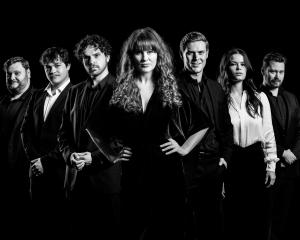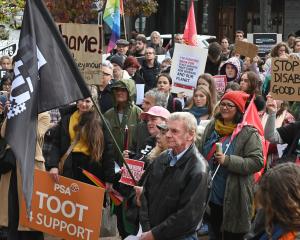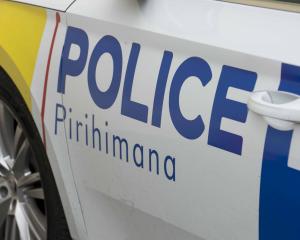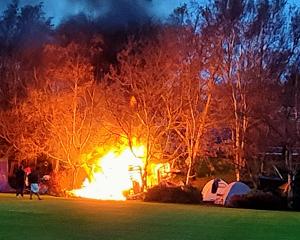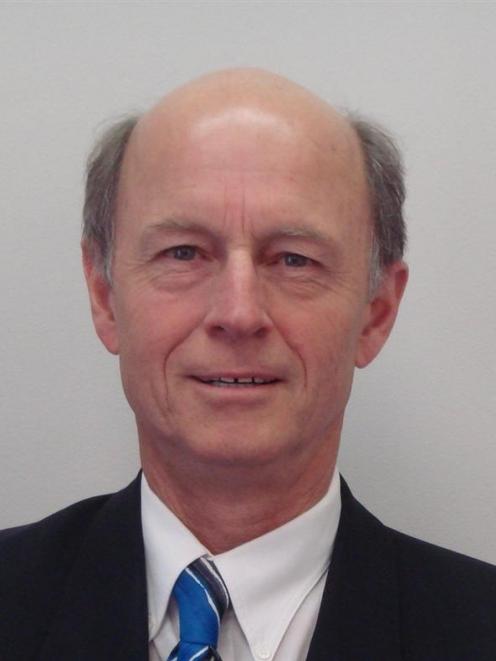
The increase, 43% on top of the $1.1 million already in the budget, would include $165,000 more for management costs, a $30,000 increase in conference marketing and a $50,000 increase in domestic marketing.
A report to tomorrow's budget hearings committee said when council staff considered the request, they could not clearly see the link between the proposed funding increases and the visitor strategy activities allocated to Tourism Dunedin.
"Tourism Dunedin supplied additional information to officers, but even with this breakdown of proposed increased spending, the recommendation is to retain the funding at the long-term council community plan budgeted figure of $1.1 million."
Tourism Dunedin chairman Murray Walker said yesterday he was disappointed with the recommendation, and that he did not get the chance to look at it, and provide input, before it went into the agenda.
Without the increase, the organisation would "most definitely not be able to deliver under the [visitor] strategy".
He would be encouraging the council to consider the return on its investment.
Dunedin was not getting the same return from tourism as the rest of the world and, in the financial conditions, now was not the time to "pull in our horns".
Tourism Dunedin chief executive Hamish Saxton said the organisation's staff numbers were down, partly through natural attrition, and extra funding would "take us back to normal levels".
As well, it was planned to increase activity in what was a competitive market.
Mr Saxton said he knew it was a tough decision for the council, and Tourism Dunedin would be arguing its case at public hearings in May.
The council will consider using funding from gaming and other charitable trusts, as well as donations from inner city businesses to pay for its proposed CCTV coverage in the Octagon.
In November, a planning and environment committee asked staff to look for ways to offset costs to ratepayers for the project, and a report to tomorrow's budget hearing said trust and businesses had been identified.
Another possibility was a targeted rate.
The cost of a camera was $205,000, operating costs of $10,000 a year and depreciation of $40,000 over 10 years.
Advertisement



